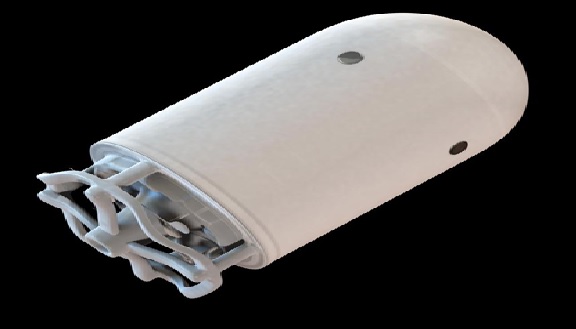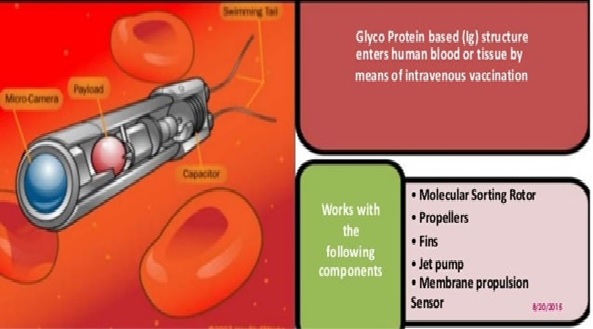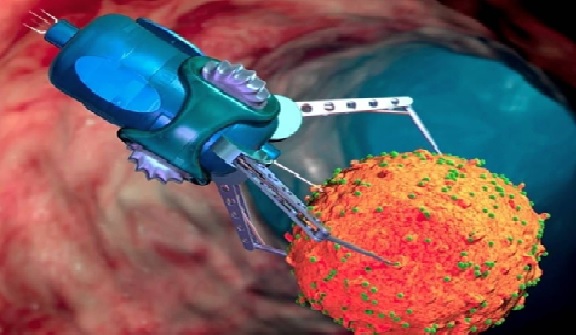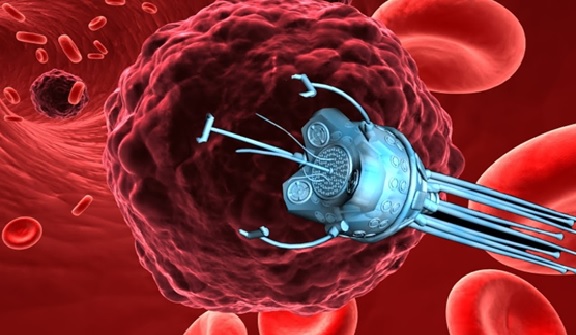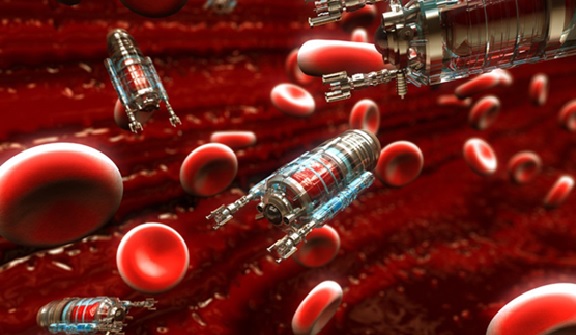Development of Nano-Robotics Technology
Nanorobots are theoretical microscopic devices measured on the scale of nanometers (1nm equals one millionth of 1 millimeter). When fully realized from the hypothetical stage, they would work [1] at the atomic, molecular and cellular figure 1 shown below level to perform tasks in both the medical and industrial fields that have heretofore been the stuff of science fiction.
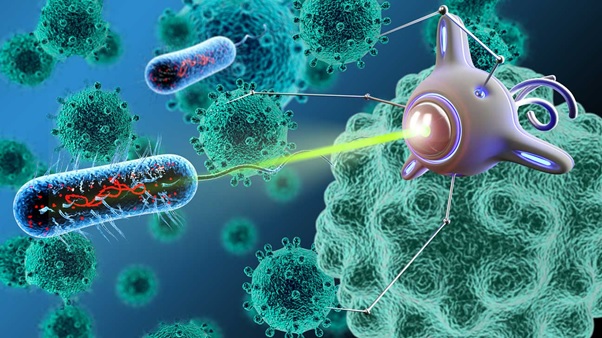
Figure 1: Nano-Robotics
Scale that robot down to a few billionth of a meter and you are talking nanotechnology robotics; nanorobotics in short. The field of nanorobotics brings together several disciplines, including nanofabrication processes used for producing nanomotors, nanoactuators, nanosensors, and physical modeling at nanoscales.
Nanorobotic manipulation technologies, including the assembly of nanometer-sized parts, the manipulation of biological cells or molecules, and the types of robots used to perform these tasks also form a component of nanorobotics.
Drexler floated the idea of programmable, self-replicating nanodevices. In effect, these ‘nanorobots’ would contain a blueprint to clone and build themselves, and any other device needed to fulfill their function. As this construction would take place on an atomic scale, these nanomachines would be able to pull apart any kind of material atom by atom [2] and manufacture never-before-seen devices. Drexler conceived of a universe where nanorobots could perform tasks such as environmental cleaning and clear the human blood capillary system of toxins. The possibilities he theorized involving nanotechnology hinted at addressing contemporary global challenges and future dilemmas, with almost limitless potential once commercialized.
Nanomotors are more complex than simple switches, and they utilize the energy created by the effects of the conformational change in order to move [3] around and affect the molecules in the surrounding environment.
Shuttles are nanorobots that are capable of transporting chemicals like drugs to specific, targeted regions. The goal is to combine shuttles with nanorobot motors so that the shuttles are capable of a greater degree of movement through an environment.
Nanorobotic “cars” are the most advanced nanodevices at the moment, capable of moving independently with prompts from chemical or electromagnetic catalysts. The nanomotors that drive nanorobotic cars need to be controlled in order for the vehicle to be steered, and researchers are experimenting with various methods of nanorobotic control.
References:
- https://www.infobloom.com/what-are-nanorobots.htm
- https://www.zmescience.com/other/pieces/what-nanorobotics-is-08052021/
- https://www.computertechreviews.com/definition/nanobots/
Cite this article:
Nandhinidwaraka S (2021) Development of Nano-Robotics Technology, AnaTechmaz, pp 1


